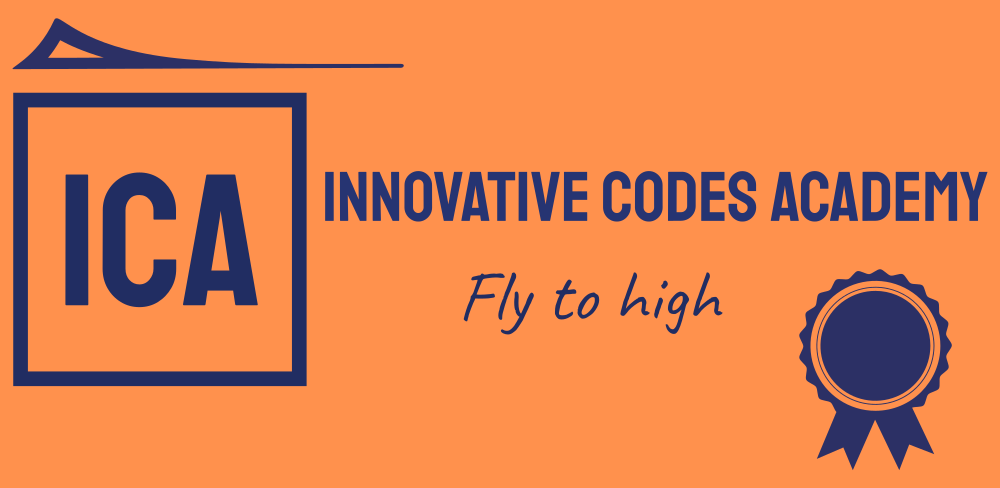Here I have attached OBJECT ORIENTED PROGRAMMING Lecture notes for your reference used them and share them with your friend, click on the download button file will be automatically downloaded.
CS8392 OBJECT ORIENTED PROGRAMMING
OBJECTIVES:
To understand Object Oriented Programming concepts and basic characteristics of Java
To know the principles of packages, inheritance and interfaces
To define exceptions and use I/O streams
To develop a java application with threads and generics classes
To design and build simple Graphical User Interfaces
UNIT I INTRODUCTION TO OOP AND JAVA FUNDAMENTALS
Object Oriented Programming – Abstraction – objects and classes – Encapsulation- Inheritance –
Polymorphism- OOP in Java – Characteristics of Java – The Java Environment – Java Source
File -Structure – Compilation. Fundamental Programming Structures in Java – Defining classes in
Java – constructors, methods -access specifiers – static members -Comments, Data Types,
Variables, Operators, Control Flow, Arrays , Packages – JavaDoc comments.
UNIT II INHERITANCE AND INTERFACES
Inheritance – Super classes- sub classes –Protected members – constructors in sub classes- the
Object class – abstract classes and methods- final methods and classes – Interfaces – defining an
interface, implementing interface, differences between classes and interfaces and extending
interfaces – Object cloning -inner classes, Array Lists – Strings
UNIT III EXCEPTION HANDLING AND I/O
Exceptions – exception hierarchy – throwing and catching exceptions – built-in exceptions, creating
own exceptions, Stack Trace Elements. Input / Output Basics – Streams – Byte streams and
Character streams – Reading and Writing Console – Reading and Writing Files
UNIT IV MULTITHREADING AND GENERIC PROGRAMMING
Differences between multi-threading and multitasking, thread life cycle, creating threads,
synchronizing threads, Inter-thread communication, daemon threads, thread groups. Generic
Programming – Generic classes – generic methods – Bounded Types – Restrictions and
Limitations.
UNIT V EVENT DRIVEN PROGRAMMING
Graphics programming – Frame – Components – working with 2D shapes – Using color, fonts, and
images – Basics of event handling – event handlers – adapter classes – actions – mouse events –
AWT event hierarchy – Introduction to Swing – layout management – Swing Components – Text
Fields , Text Areas – Buttons- Check Boxes – Radio Buttons – Lists- choices- Scrollbars –
Windows –Menus – Dialog Boxes.
OUTCOMES:
Upon completion of the course, students will be able to:
Develop Java programs using OOP principles
Develop Java programs with the concepts inheritance and interfaces
Build Java applications using exceptions and I/O streams
Develop Java applications with threads and generics classes
Develop interactive Java programs using swings
TEXT BOOKS:
- Herbert Schildt, ―Java The complete reference‖, 8th Edition, McGraw Hill Education, 2011.
- Cay S. Horstmann, Gary cornell, ―Core Java Volume –I Fundamentals‖, 9th Edition,
Prentice Hall, 2013.
REFERENCES:
- Paul Deitel, Harvey Deitel, ―Java SE 8 for programmers‖, 3rd Edition, Pearson, 2015.
- Steven Holzner, ―Java 2 Black book‖, Dreamtech press, 2011.
- Timothy Budd, ―Understanding Object-oriented programming with Java‖, Updated Edition,
Pearson Education, 2000.
